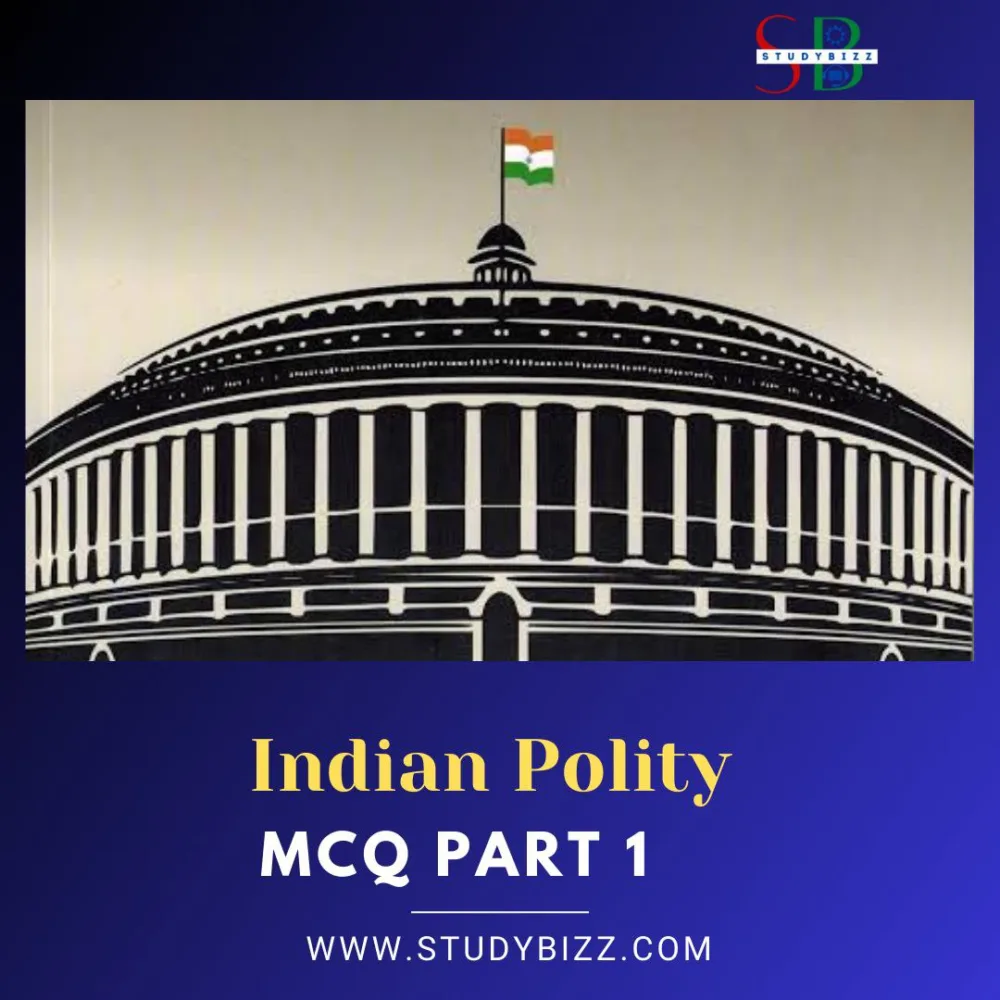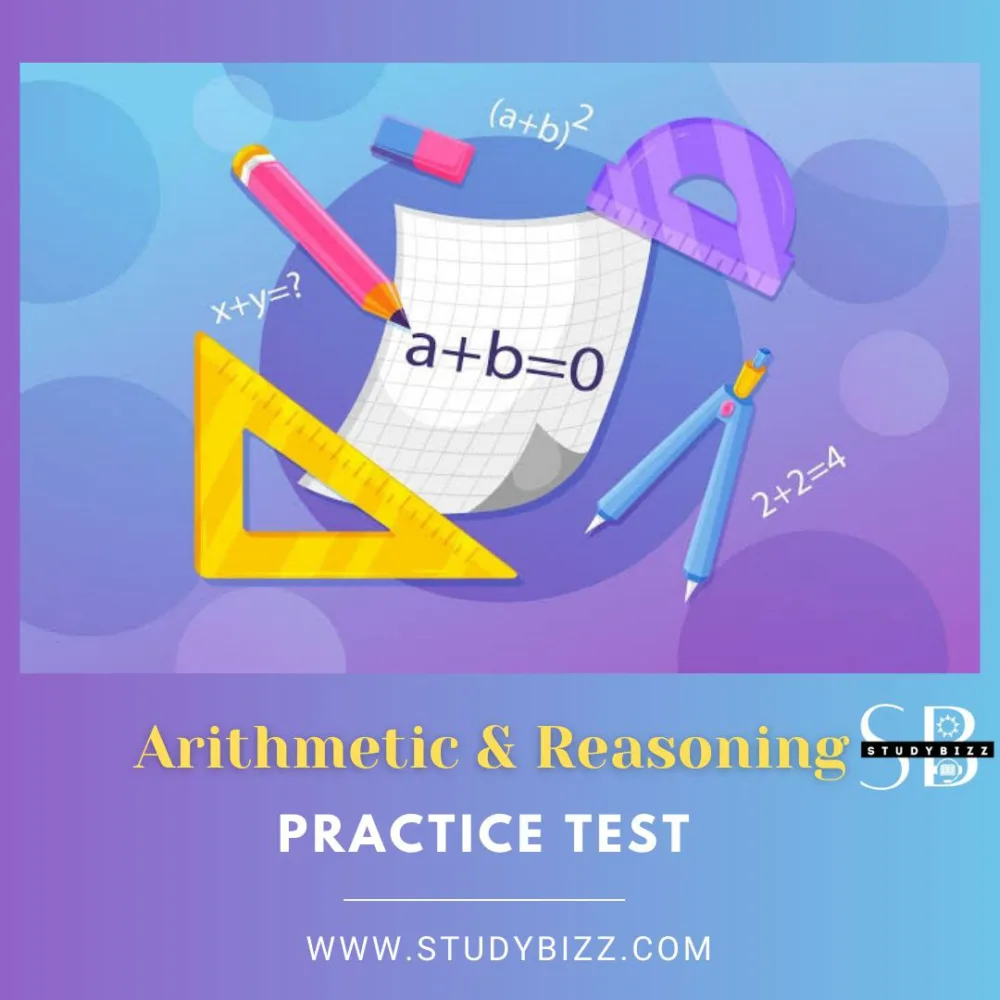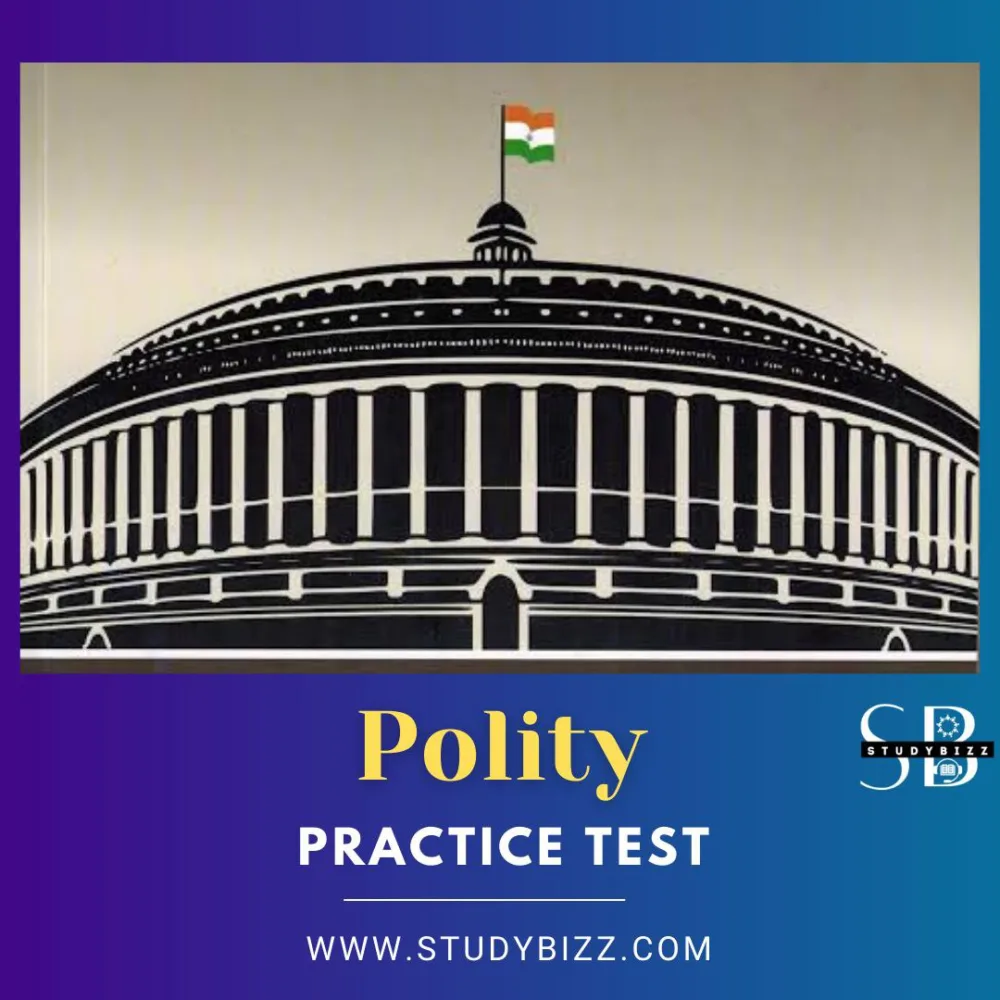1. Which of the following is NOT mentioned in the Preamble of the Indian Constitution?
A) Justice
B) Equality
C) Liberty
D) Fraternity
D) Fraternity
Explanation: The term “fraternity” is indeed mentioned in the Preamble of the Indian Constitution. It emphasizes the need for fostering a sense of brotherhood and unity among all citizens.
2. Which of the following is NOT mentioned under Justice in the Preamble of the Indian Constitution?
A) Social
B) Economical
C) Political
D) Cultural
D) Cultural
3. The Preamble of the Indian Constitution was adopted by the:
A) Constituent Assembly
B) President of India
C) Prime Minister of India
D) Supreme Court of India
A) Constituent Assembly
Explanation: The Preamble of the Indian Constitution was adopted by the Constituent Assembly, which was responsible for drafting and framing the Constitution. The Constituent Assembly consisted of elected representatives from various parts of India and was chaired by Dr. Rajendra Prasad.
4. The Preamble of the Indian Constitution was amended for the first time in:
A) 1950
B) 1976
C) 1986
D) 1992
B) 1976
Explanation:The Preamble of the Indian Constitution was amended for the first time in 1976 through the 42nd Amendment Act. This amendment added the terms "socialist," "secular," and "integrity" to the Preamble.
5. Which of the following statements accurately describes the Preamble of the Indian Constitution?
A) It is a non-justiciable part of the Constitution.
B) It is the introductory part of the Constitution and serves as its guiding philosophy.
C) It can be amended by a simple majority in Parliament.
D) It does not reflect the aspirations and values of the Indian people.
B) It is the introductory part of the Constitution and serves as its guiding philosophy.
Explanation: The Preamble of the Indian Constitution serves as the introductory statement that outlines the ideals, objectives, and basic principles of the Constitution. It lays down the guiding philosophy of the Constitution and expresses the aspirations of the Indian people. The Preamble is considered an integral part of the Constitution and provides a key interpretive guide for understanding its provisions.
6. Which amendment to the Constitution of India added the words "Socialist" and "Secular" to the Preamble?
A) 42nd Amendment
B) 44th Amendment
C) 52nd Amendment
D) 61st Amendment
A) 42nd Amendment in 1976
7. The Preamble of the Indian Constitution was adopted by the Constituent Assembly on:
A) 26th January 1950
B) 15th August 1947
C) 9th December 1946
D) 26th November 1949
D) D) 26th November 1949
8. The Preamble of the Indian Constitution starts with the words:
A) "We, the People of India..."
B) "In the name of God..."
C) "India, a Sovereign Socialist Secular Democratic Republic..."
D) "Justice, Liberty, Equality..."
A) "We, the People of India..."
9. The Preamble declares India to be a:
A) Sovereign, Socialist
B) Secular
C) Democratic, Republic
D) All of the above
D) All of the above - 'Sovereign Socialist Secular Democratic Republic',
10. The term "Fraternity" in the Preamble implies:
A) Economic equality
B) Social justice
C) Brotherhood and unity
D) Religious tolerance
C) Brotherhood and unity
11. Which of the following is not mentioned explicitly in the Preamble?
A) Justice
B) Equality
C) Federal
D) Liberty
C) Federal
12. In Which case Supreme court stated that the Preamble is not a part of constitution?
A) Kesavananda Bharati Case
B) Golaknath Case
C) Berubari case
D) Maneka Gandhi Case
C) Berubari case
13. In Which case Supreme court delivered landmark decision that outlined the basic structure doctrine of the Indian Constitution?
A) Kesavananda Bharati Case
B) Golaknath Case
C) Berubari case
D) Maneka Gandhi Case
A) Kesavananda Bharati Case
Explanation: For the first time, a bench of 13 judges was assembled to hear a writ petition. Kesavananda Bharati judgement was delivered on 24th April 1973 by a razor-thin majority of 7:6 wherein the majority held that any provision of the Indian Constitution can be amended by the Parliament in order to fulfil its socio-economic obligations that were guaranteed to the citizens as given in the Preamble, provided that such amendment did not change the Constitution’s basic structure. The minority, however, in their dissenting opinion, were wary of giving the Parliament unlimited amending power. The Preamble of the Constitution will now be considered as part of the Constitution.
14. Who among the following was the first chairman of the National Commission for Women?
A) Mohini Giri
B) Dr. Poornima Advani
C) Dr. Girija Vyas
D)Jayanti Patnaik
D [Jayanti Patnaik]
15. Who can exercise the power of judicial review as per the Constitution?
A) Supreme Court
B) High Court
C) Both of them
D) None of them
C [Both of them ]
Explanation: Both Supreme Court and High Court have been conferred the power of exercise of judicial review by the Indian Constitution. Moreover, Supreme Court has stated that the power of judicial review falls under the ‘basic structure of the Constitution’.





Leave a Reply